Personalized Biomechanics
As many of you know, I work to help patients get control of their back and neck pain. I learnt early on that if a patient can see and truly understand the source(s) of their pain triggers, they can begin to understand which movements may be causing the problem while other movements can wind down their pain. One of the integral tools I use are the models I craft.

Dr. Jerome Fryer crafting dynamic disc models for effective patient engagement.
Many clinicians would probably agree that patient education is likely the most powerful tool in generating the best outcomes. A back or neck pain patient should have a deep understanding what caused the problem and the movement strategies that are required to relieve and strengthen the issue.
One of the missing components in patient education were models that actually moved and behaved realistically. When I started my chiropractic practice in 2000 the best models I could buy did not move. And at around that time, I was just starting to understand the dynamic aspect of a person’s pain.
“doc, it hurts when I get up from sitting”
“when I stand for a period of time, my left leg goes numb, but when I sit down it is relieved”
“it hurts when I lay on my left side, I can’t sleep for more than an hour at a time”
“I wake up with a headache”
“doctor, I cannot seem to reach to put my socks on in the morning, but after 10 minutes I can”
These are only small samplings of the complaints I would get. I could often see the issues but I knew that if I could not show the patient the source of the pain, they would likely continue to do the things that caused it in the first place.
I needed a dynamic disc model. So I created them.
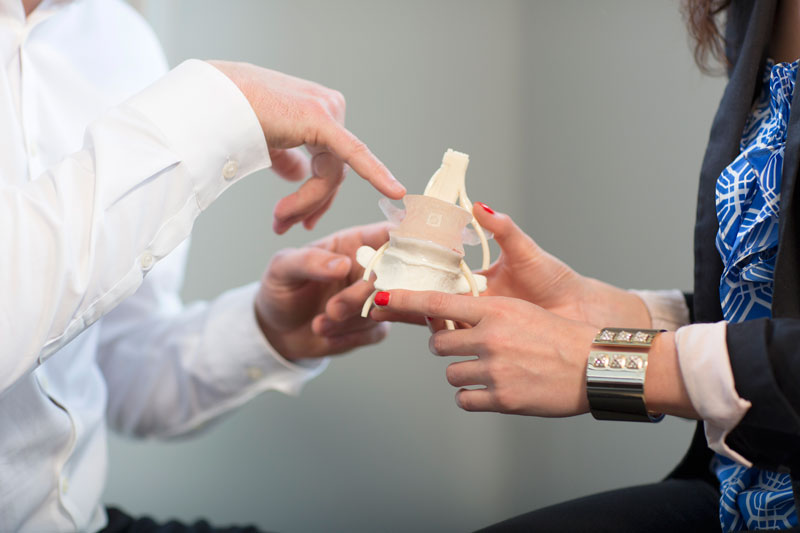
Personalized biomechanics
It took years to develop Dynamic Disc Designs but now I’ve got models to help patients understand the sources of their mechanical back and neck pain. And there are others in the field (those doing very important research), that see what I am doing. There are many others as well.
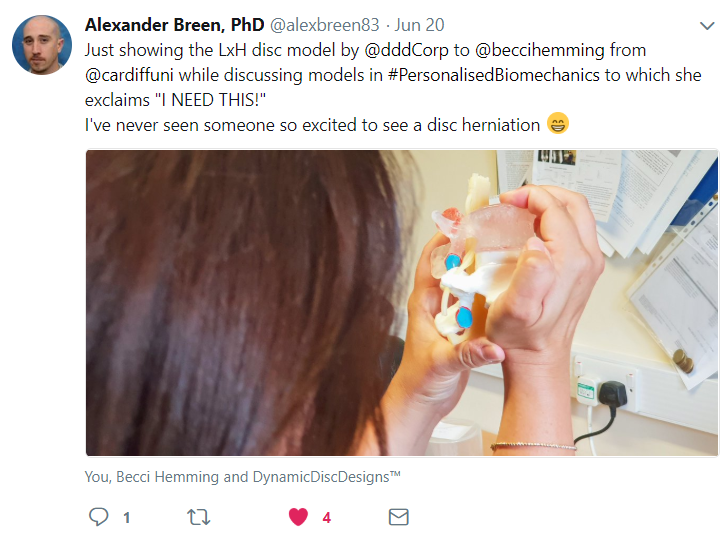
Personalized biomechanics in the management of back pain.
Each person is unique. Each back pain patient is unique. And each person with back pain needs a tailored approach to their specific problem. Some have a disc herniation, some have advanced spinal stenosis, some have an annular fissure, some have chronic back pain, some have facet pain, some have endplate pain, and yet others just need to see the issue so they can understand their own back pain.
The current trend in back pain is to bring the patient to centre stage. To empower them. But the only clear way to do this effectively is to teach them the source of their pain and to coach them with personalized biomechanics.
In closing, I want to share with you one individual who inspired me through his research. Professor Stuart McGill can clearly see why I did what I did. Thank you for being a fan.
 Copyright secured by Digiprove © 2018 Jerome Fryer
Copyright secured by Digiprove © 2018 Jerome Fryer 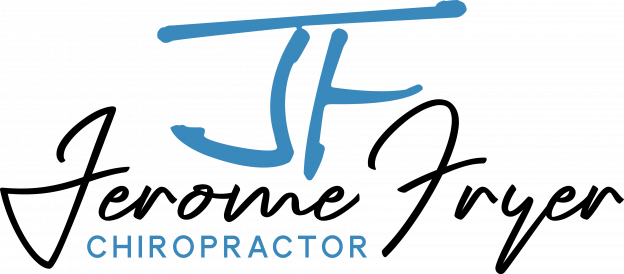




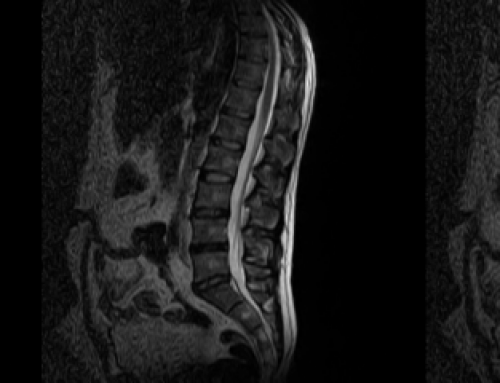
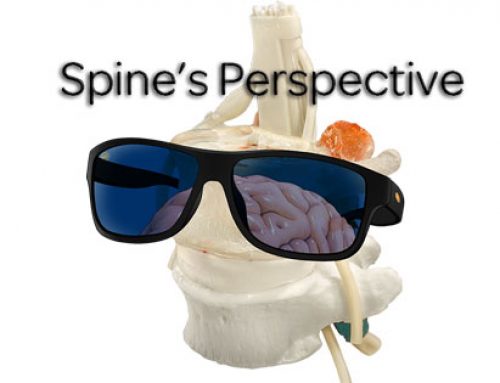
Leave A Comment
You must be logged in to post a comment.